
“Mind the Gap”: How a 20-Year-Old Medical Student Transformed Global Healthcare
“Mind the Gap”: How a 20-Year-Old Medical Student Transformed Global Healthcare
In recent years, the medical community has increasingly recognized the urgent need for diversity and accuracy in clinical education. One of the most impactful breakthroughs in this effort came from Malone Mukwende, a 20-year-old medical student at St George’s, University of London. During his early medical training, Malone noticed a critical gap: almost every medical textbook displayed symptoms only on white skin, despite millions of patients worldwide having Black or Brown skin.
This lack of representation can lead to serious consequences. Symptoms such as rashes, infections, allergic reactions, bruising, cyanosis, and even life-threatening conditions often appear differently on darker skin tones. When healthcare professionals are not trained to recognize these differences, misdiagnosis and delayed treatment become far more likely — especially in communities that already face systemic healthcare inequalities.

The Birth of “Mind the Gap” — A Handbook That Changes Lives
To address this problem, Malone created “Mind the Gap: A Handbook of Clinical Signs in Black and Brown Skin.” The handbook provides:
-
High-quality clinical photographs of conditions on darker skin
-
Clear explanations of how symptoms may differ depending on skin tone
-
Practical guidance for medical students and healthcare workers
-
Real-world examples that improve diagnostic accuracy
Mukwende’s mission is straightforward but powerful: to improve medical training, prevent harmful diagnostic errors, and make healthcare safer and more inclusive for everyone.
The handbook rapidly gained international recognition. Doctors, dermatologists, educators, and global health experts praised its clarity and necessity, while many universities integrated it into their official teaching materials. As a result, “Mind the Gap” has become a key resource in closing knowledge gaps that have existed for decades.
Addressing the Bigger Issue: Representation in Medical Education
Beyond its practical clinical value, Malone’s work highlights a deep-rooted systemic problem — the lack of diversity in medical resources. For decades, medical illustrations, case studies, and dermatological references have overwhelmingly focused on lighter skin. This imbalance reinforces diagnostic blind spots and contributes to unequal health outcomes.
“Mind the Gap” shows how a single initiative can spark broader conversations about equity, representation, and accuracy in healthcare. It reminds the world that medical education must evolve to serve all populations, not just a subset of them. Malone’s contribution proves that meaningful change can begin with one person willing to challenge outdated systems.
Global Impact and Long-Term Significance
Today, “Mind the Gap” is widely recognized as a lifesaving tool. Hospitals, medical schools, and professional organizations worldwide continue to adopt it to strengthen their training and improve patient safety. The handbook has also inspired further research, new curriculum standards, and initiatives aimed at diversifying medical imagery across global institutions.
Malone’s story is a powerful example of how young people can drive real and lasting change. Through determination and insight, he has improved medical awareness, empowered communities, and reshaped the global conversation around inclusive healthcare. His work continues to motivate millions and serves as a reminder that innovation in medicine can come from anyone — regardless of age.
Verified Sources
All sources below are reputable and directly confirm the accuracy of Malone Mukwende’s work and the creation of Mind the Gap:
-
St George’s, University of London – Official announcement of the handbook
“Mind the Gap handbook now freely available online” -
The Washington Post – Report on Malone Mukwende and his motivation for creating the handbook
-
The Guardian – Coverage on gaps in dermatology education and the importance of diverse skin imagery
-
ITV News – Interview and feature on Malone’s project and its impact
-
Patient Safety Learning – Analysis of why the handbook is essential for clinical safety
News in the same category

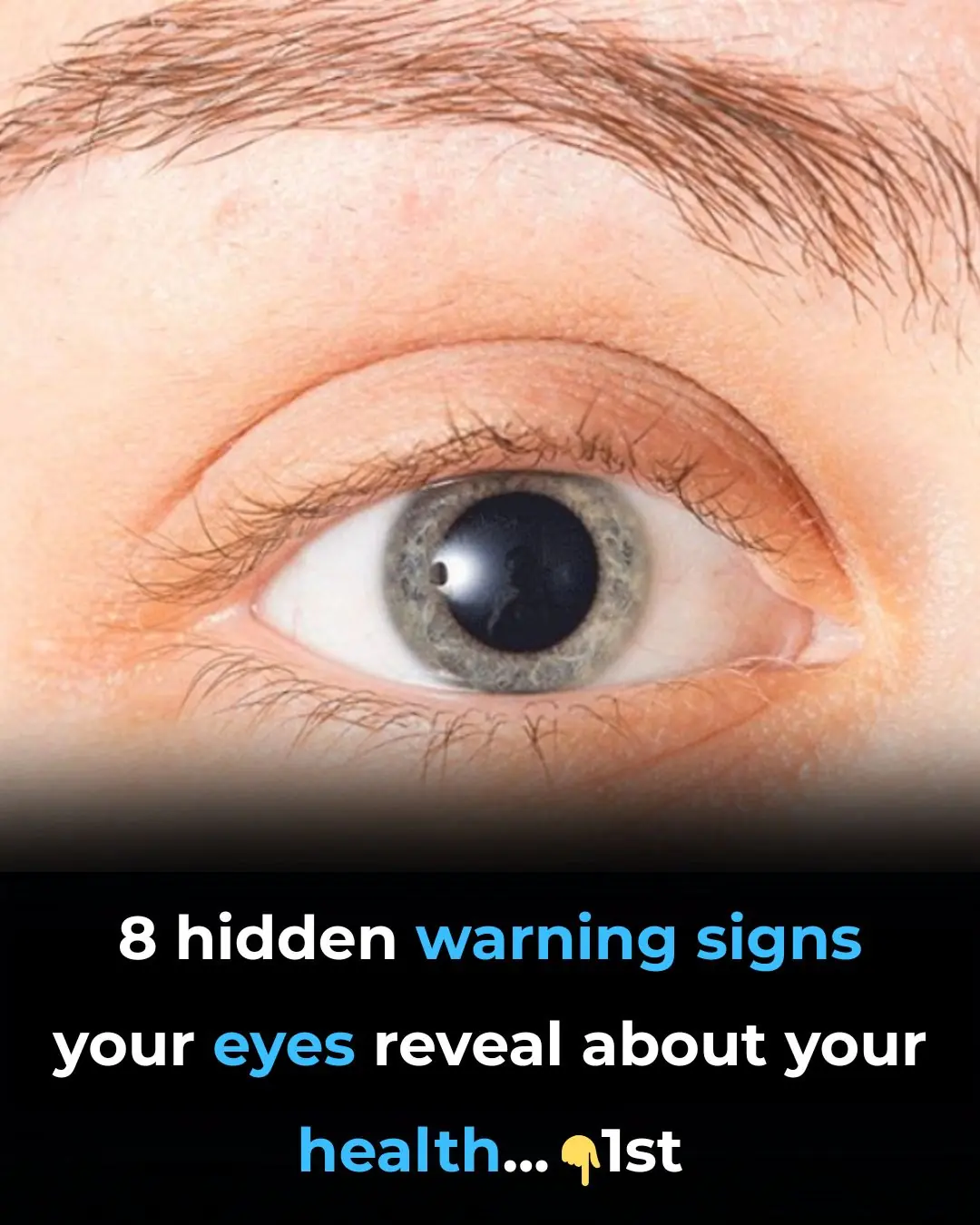
8 Things Your Eyes Are Trying To Tell You About Your Health

A Toy Traffic Cone Found in a Man’s Lung After 40 Years: The Astonishing Medical Case That Was Mistaken for Lung Cancer

Unlocking the secrets of clove water: a nighttime health elixir
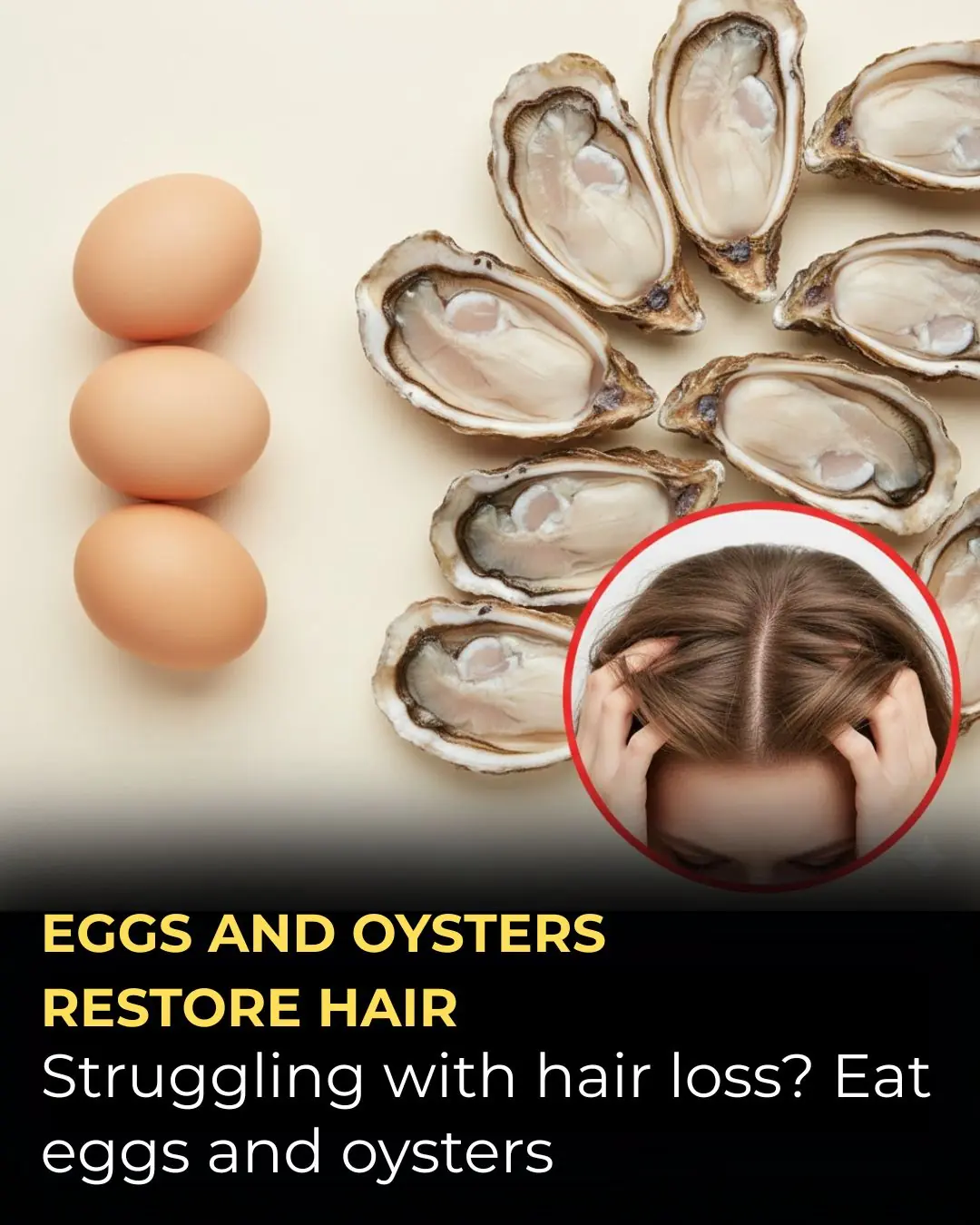
Eggs and Oysters: Nature’s Powerful Duo for Stronger, Healthier Hair

The Role of Eggs and Choline in Reducing the Risk of Cognitive Decline
The Role of Eggs and Choline in Reducing the Risk of Cognitive Decline

🐔 Amazing Health Benefits of Chicken Feet You Should Know
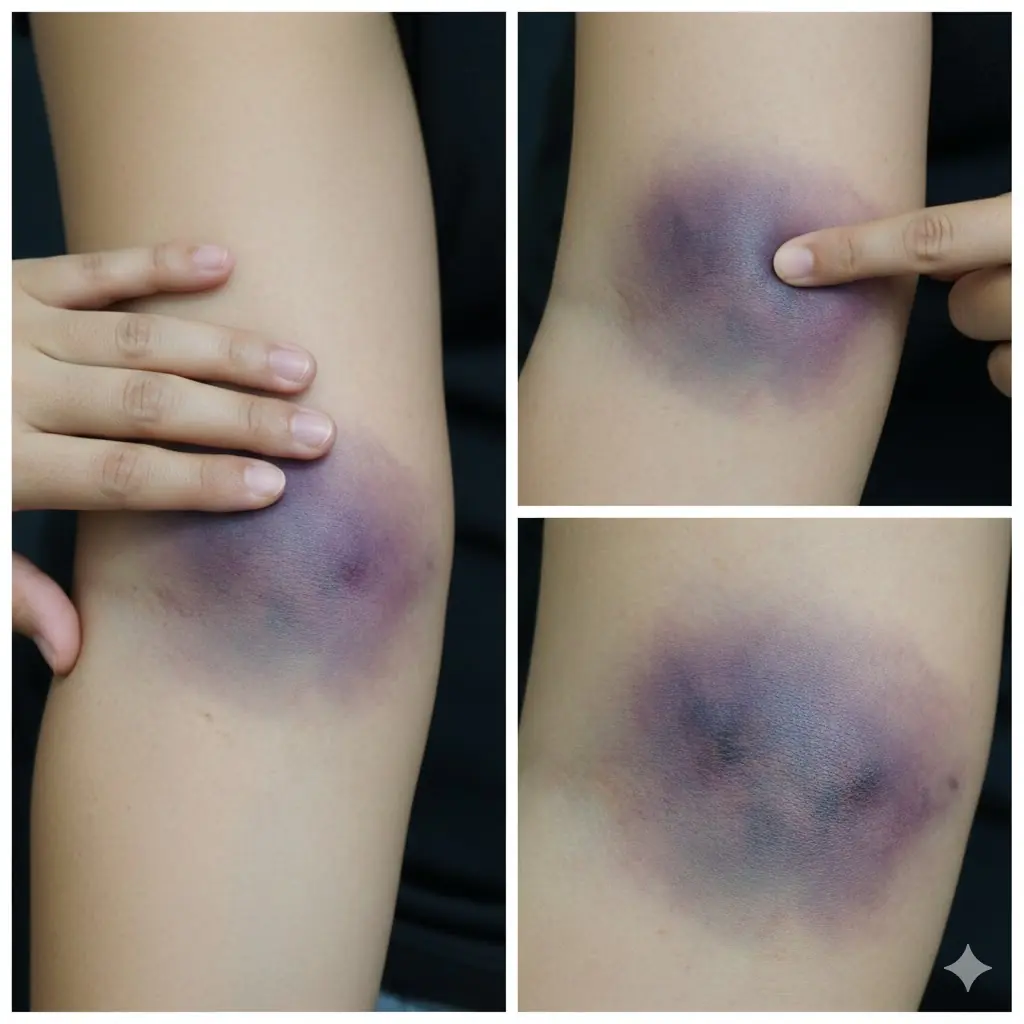
If You Get These Bruises On Your Body
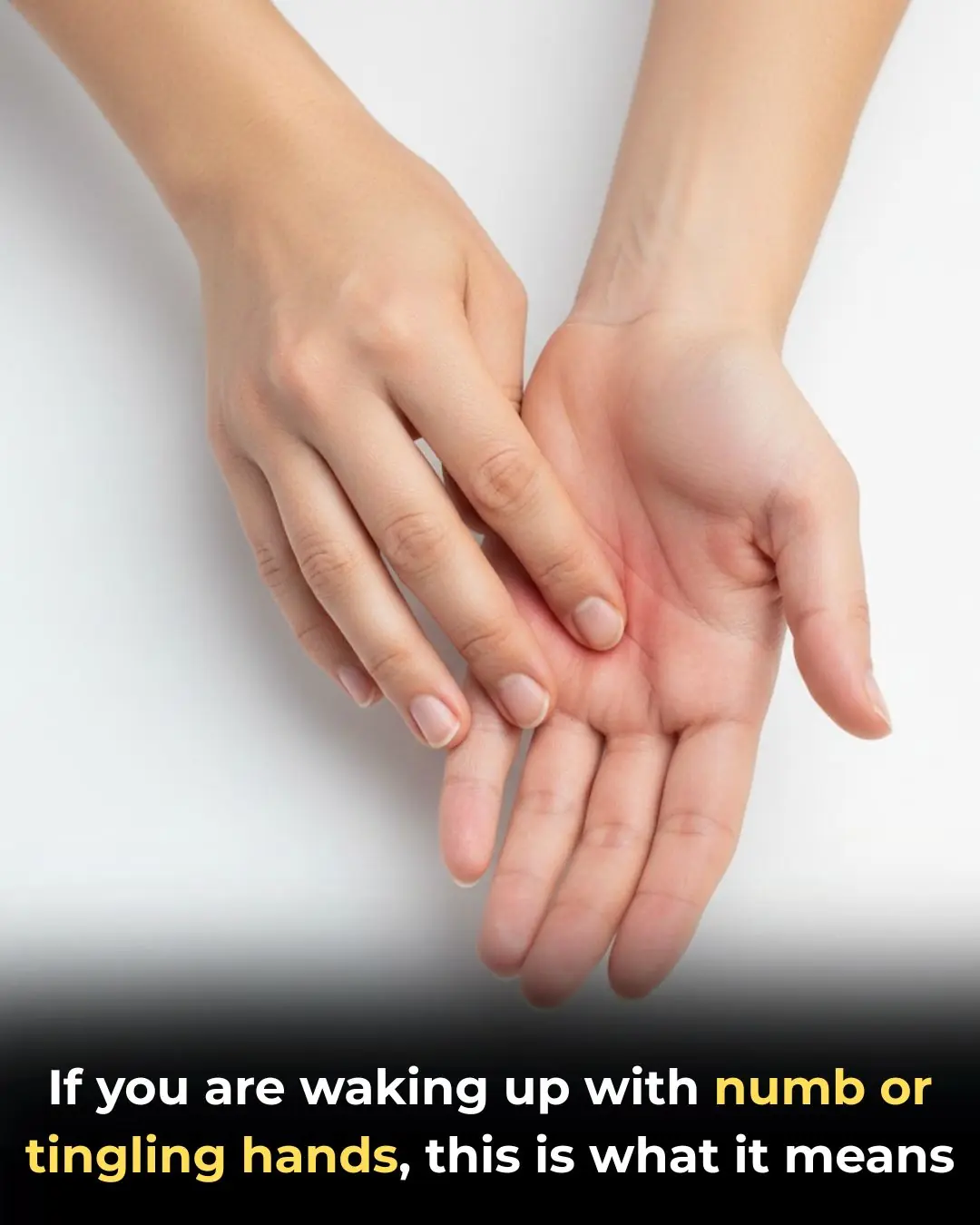
Numbness Or Tingling Sensations In Your Hands
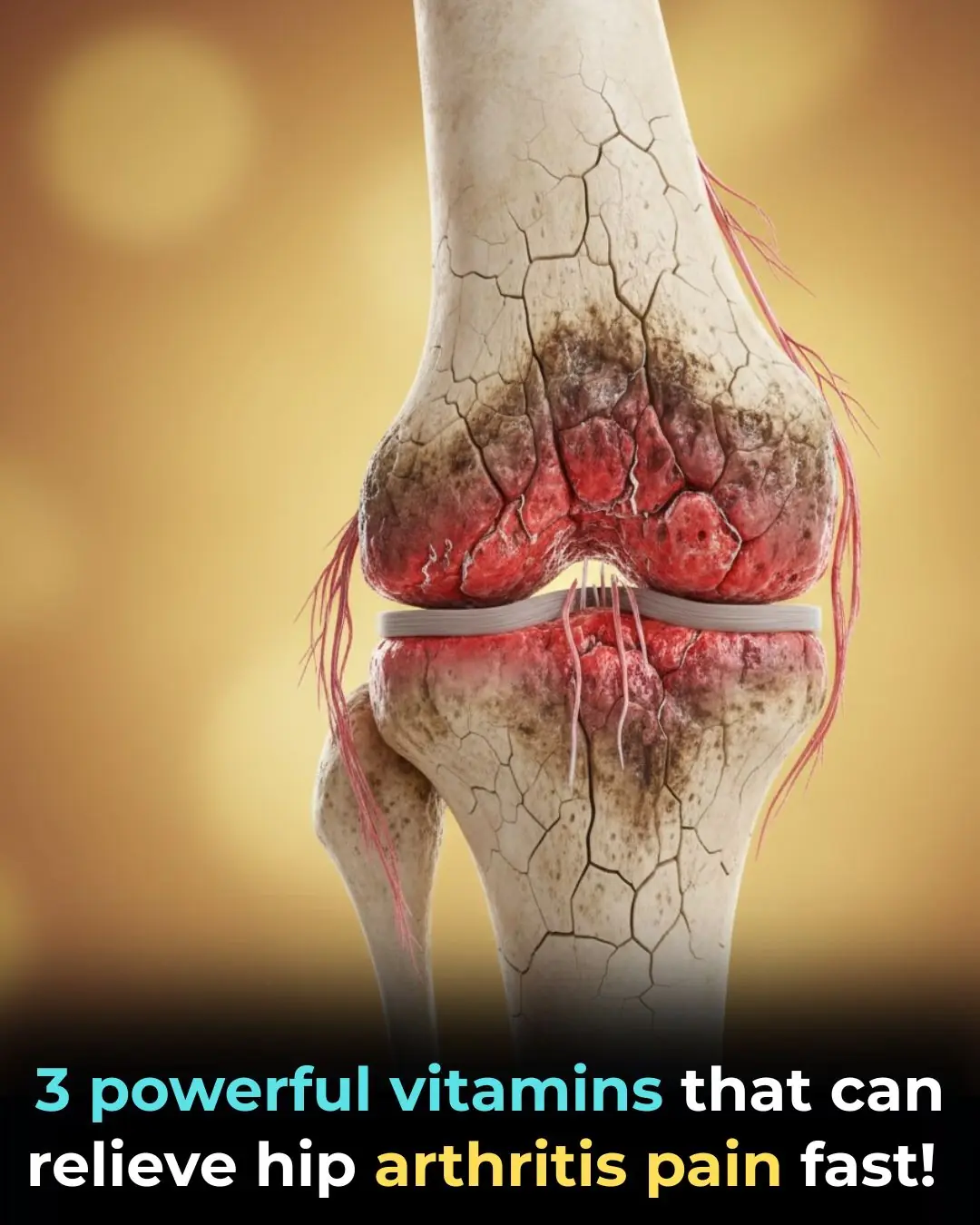
Top 3 Vitamins for Hip Arthritis
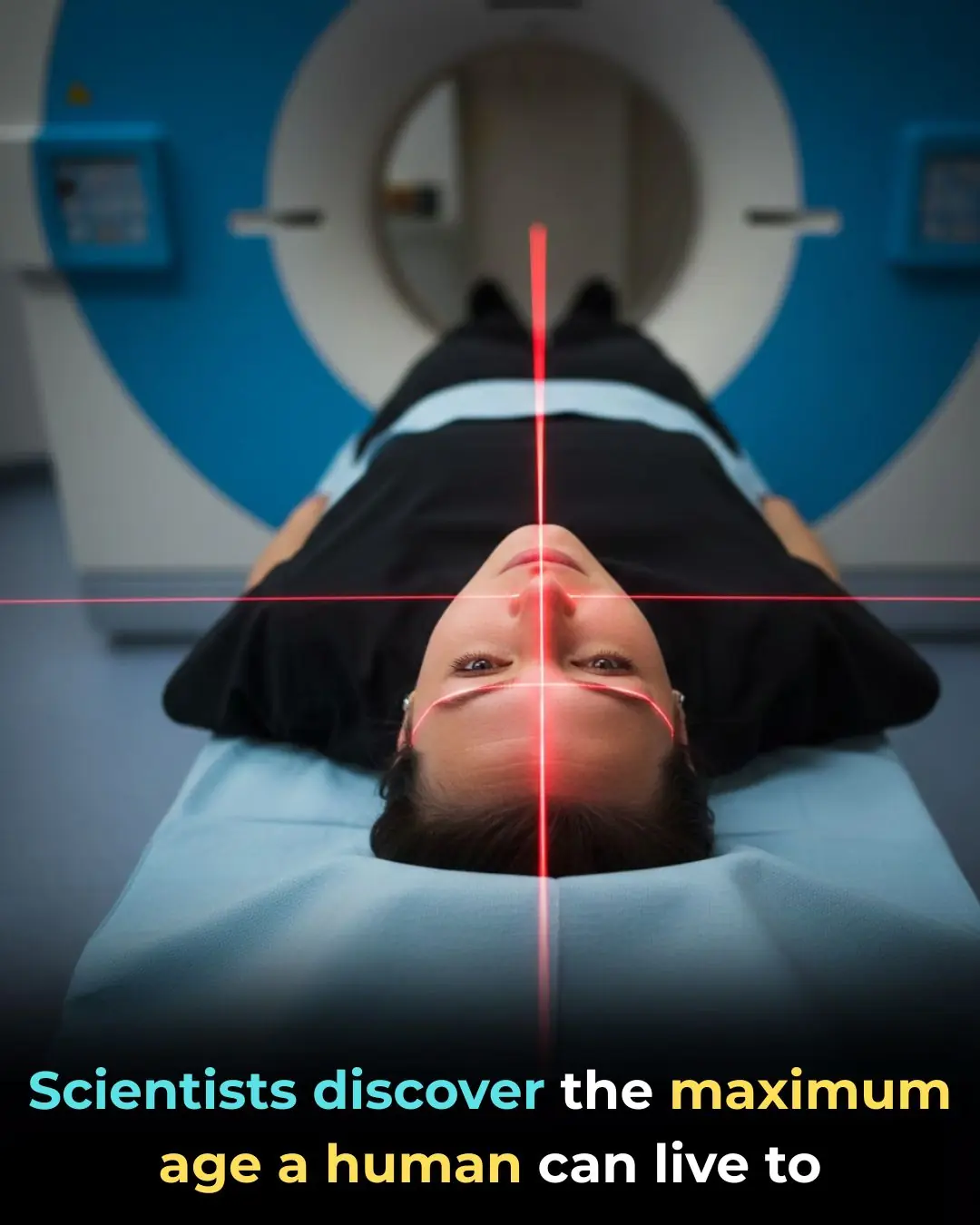
Scientists Discover The Maximum Age a Human Can Live To

7 powerful vitamins you need for strong, healthy legs
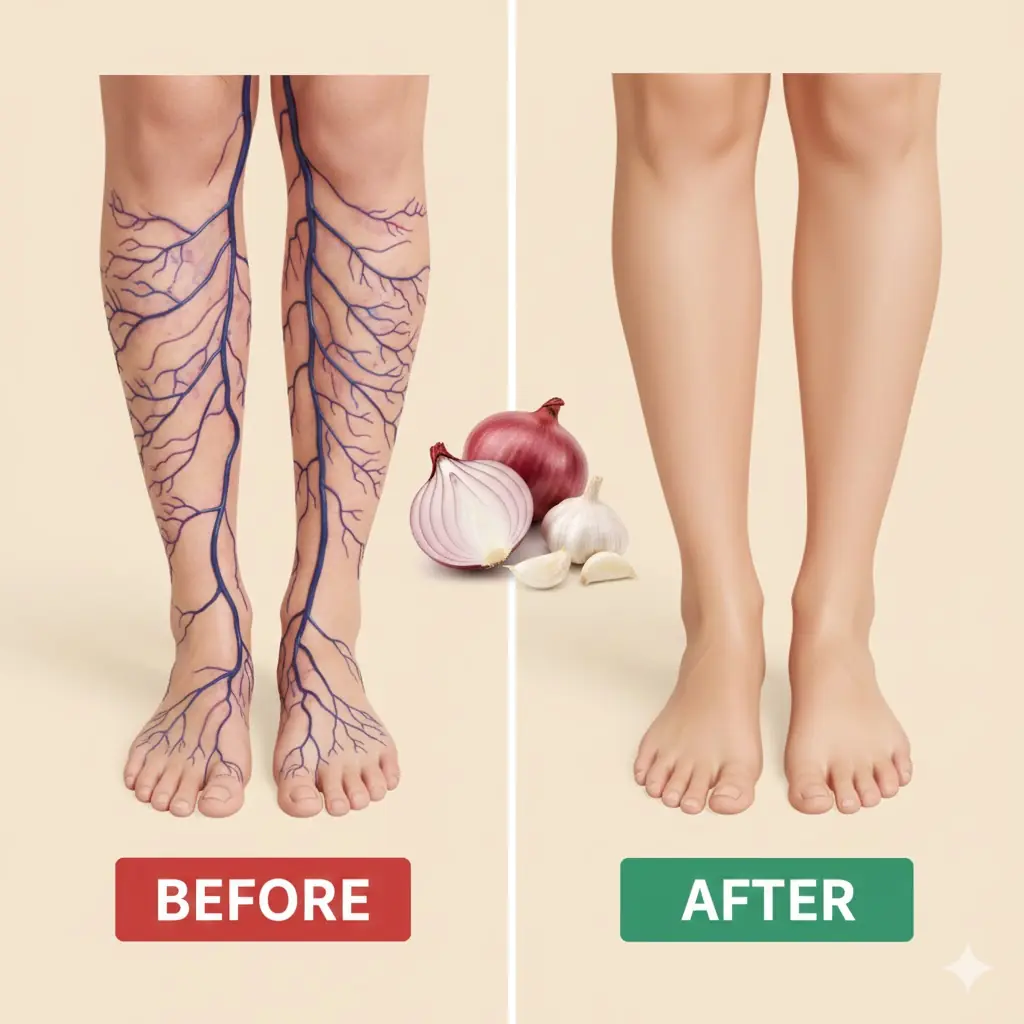
Vein Victory Elixir: Onion-Garlic-Vinegar Rituals to Banish Bulging Blues
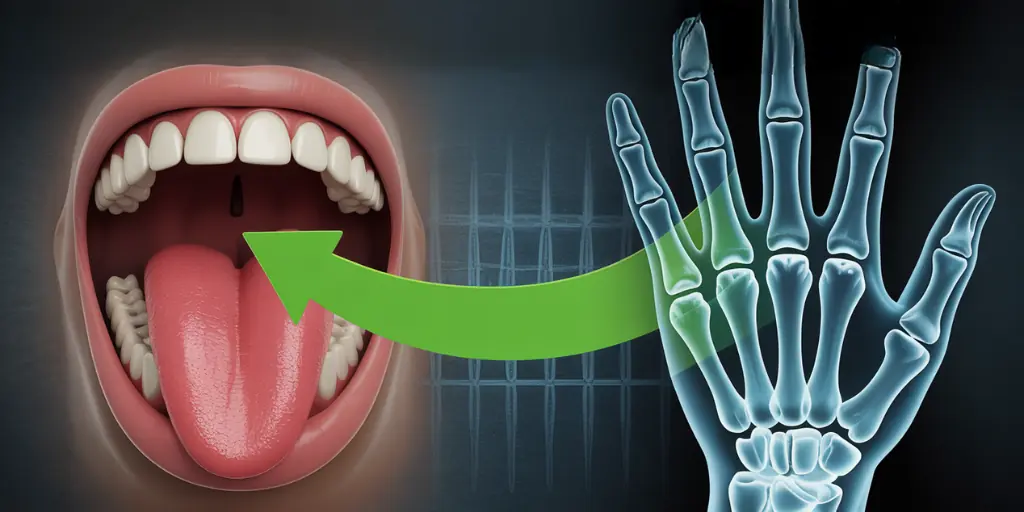
4 alarming symptoms of vitamin B12 deficiency you can’t ignore!
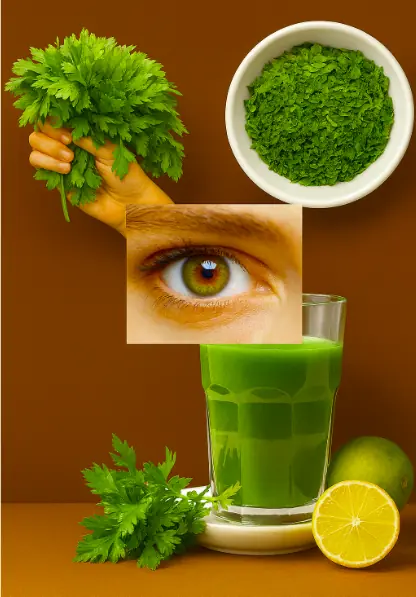
Essential Leaves for Eye Health: Nature’s Secret to Sharper Vision

8 Powerful Nutrients That Can Dissolve Blood Clots Fast!

Signs of pancreatic cancer you should never ignore
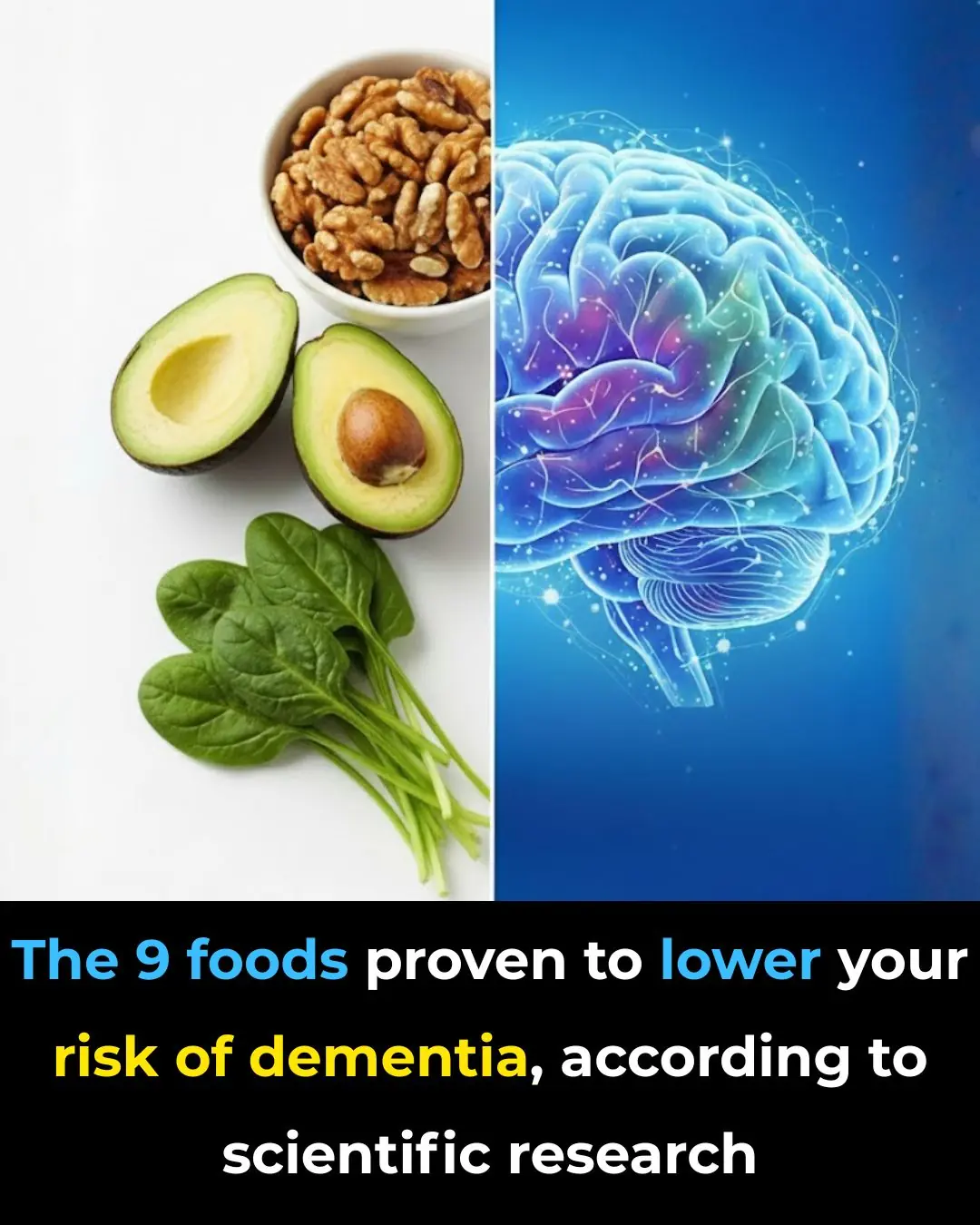
The 9 foods proven to lower your risk of dementia, according to scientific research

6 Trigger Foods That Cause Agonizing Pain If You Have Neuropathy
News Post

PepsiCo Removes Petroleum-Based Dyes from Doritos, Paving the Way for Healthier Snacking
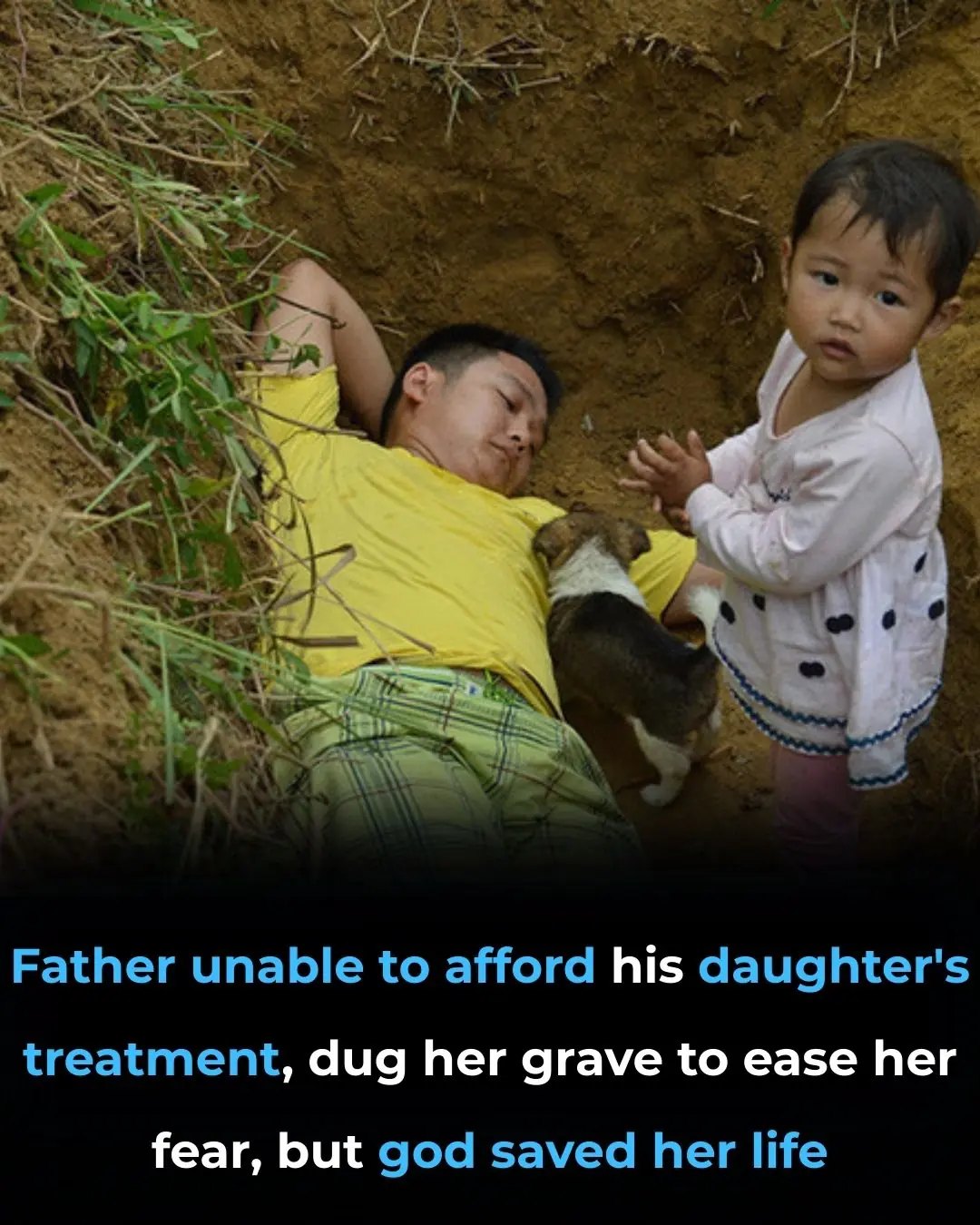
From Tragedy to Hope: How Compassion Saved a Life in Rural China

Meghan Trainor details health scare that inspired her weight loss journey, Mounjaro use

Why Tanker Trucks Have a Hanging Chain: Safety Function Explained

The Easiest Way to Clean a Glass Stove Top

Bill Belichick’s daughter-in-law exploded on Jordon Hudson in unhinged 40-minute postgame rant

🌿 The Quiet Power of Nature: Herbs That Support Balance, Energy, and Well-Being

8 Things Your Eyes Are Trying To Tell You About Your Health

A Toy Traffic Cone Found in a Man’s Lung After 40 Years: The Astonishing Medical Case That Was Mistaken for Lung Cancer

Jean Slater revealed as Zoe’s stalker… but fans aren’t buying it

Unlocking the secrets of clove water: a nighttime health elixir

Liquid NanoClay: The Norwegian Innovation Turning Deserts Into Fertile Farmland

Celia’s empire starts to crumble in Emmerdale as police raid Depot and Laurel grows suspicious

I’m A Celebrity star Tom Read Wilson slammed by viewers over ‘annoying’ behaviour in camp

A look around Angry Ginge's former home shows I'm A Celeb star's 'true colours'

ITV Emmerdale's Lewis Barton 'set for new romance' as fans point out huge hint

Josie Gibson stuns as she shows off 5st weight loss in daring dress on cruise

Collagen Combo For Glass Skkin
